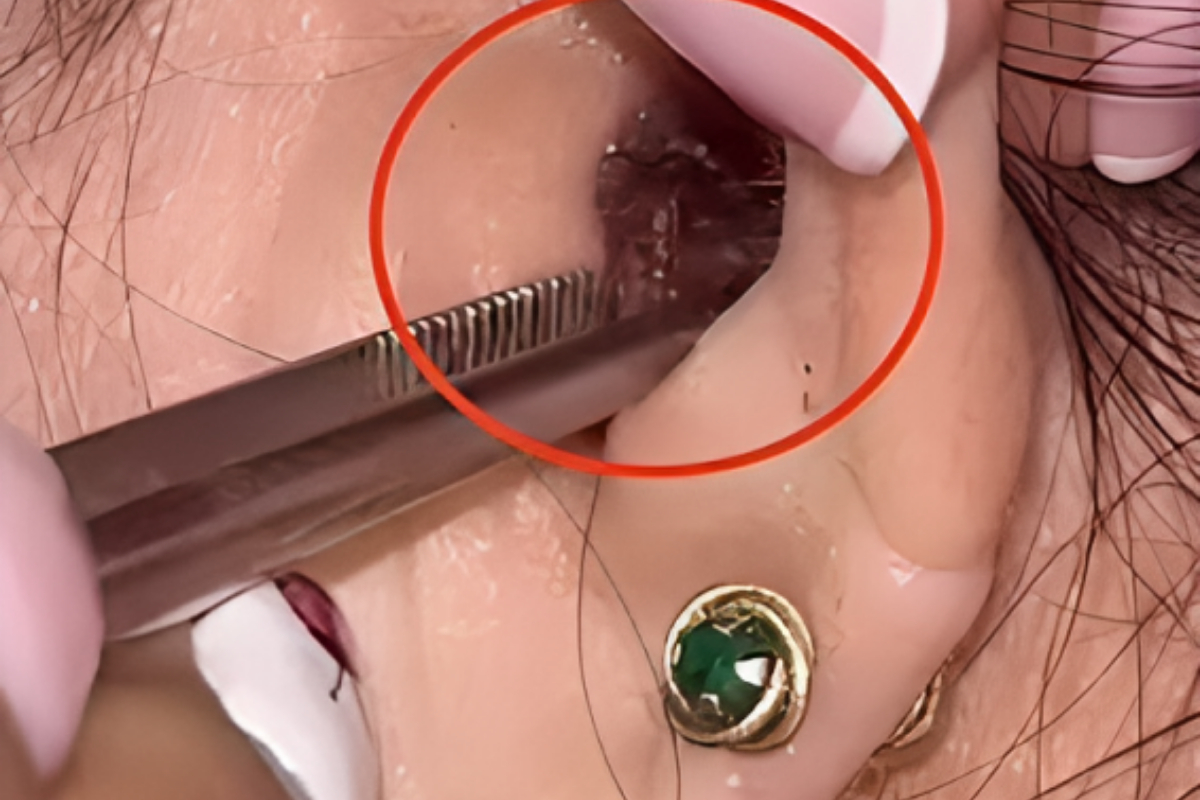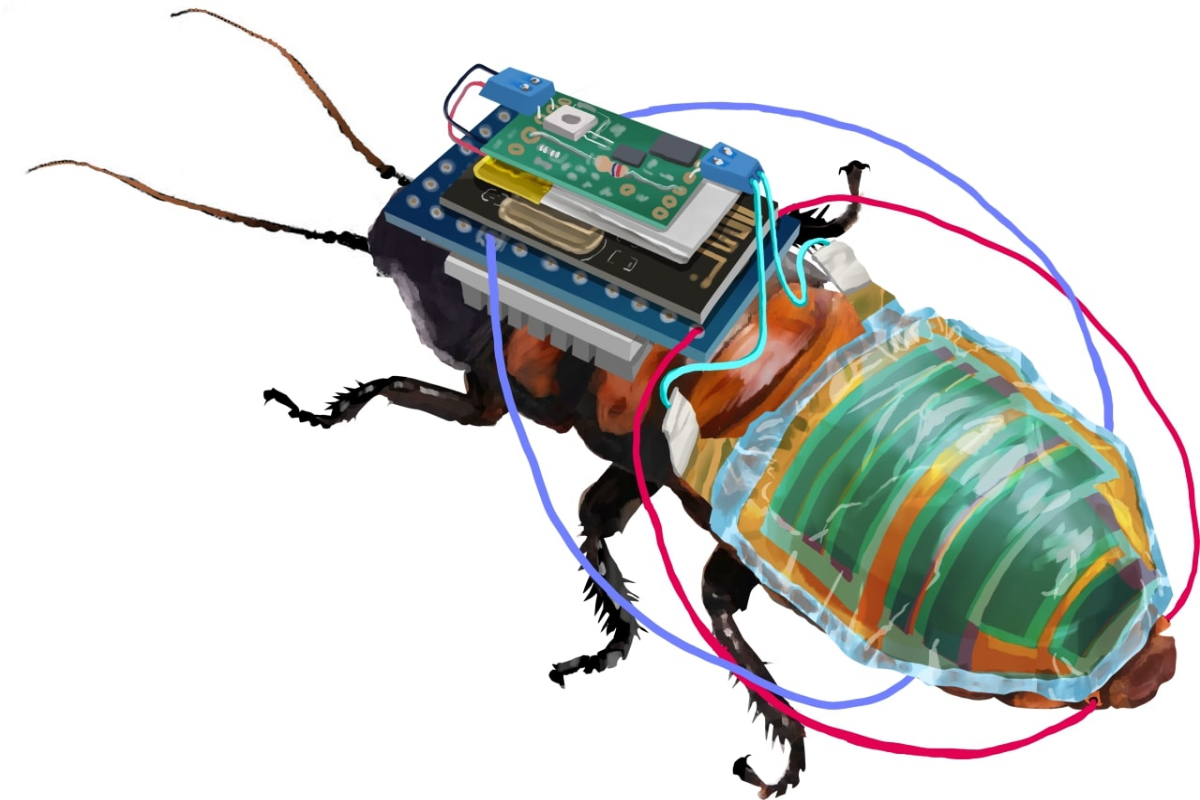- The flexible solar cell film allows the bugs to move around without restriction.
- The cyborg roaches can be revived in a lab’s terrarium by removing the backpack and film from their bodies.
- The film could be incorporated into skin patches or clothing to track vital indicators.
Swarms of cyborg cockroaches might be the first rescuers to find survivors if an earthquake occurs in the not-too-distant future and they are buried beneath tons of wreckage.
The capacity to place “backpacks” of solar cells and electronics on the bugs and remotely control their movement was recently demonstrated by Japanese researchers, and that is a potential application of their work.
The flexible solar cell film was created by Kenjiro Fukuda and his team at the Thin-Film Device Laboratory at the Japanese research powerhouse Riken.
It is 4 microns thick, or approximately 1/25 the width of a human hair, and can fit on the insect’s abdomen.

The solar cell produces enough electricity to process and deliver directional signals into the sensory organs on the bug’s hindquarters, while the film permits the roach to move around without restriction.
The research expands on earlier insect-control studies conducted at Nanyang Technological University in Singapore, and it may one day produce cyborg insects that can penetrate danger zones far more quickly than robots.
Small robots’ batteries run out rapidly, which reduces their time for exploration, according to Fukuda.
“A fundamental advantage (of a cyborg insect) is that the insect causes its own movement, thus the amount of electricity needed is far less,” the researchers write.
Madagascar hissing cockroaches were chosen for the research by Fukuda and his colleagues because they are large enough to carry the necessary equipment and lack wings that would obstruct the experiment.
The bugs can maneuver around minor impediments or right themselves when they are turned over, even with the backpack and film affixed on their backs.
There is still plenty to learn about this subject. In a recent demonstration, Riken researcher Yujiro Kakei told a cyborg roach to turn left, forcing it to run in that general direction, using a specialized computer and wireless Bluetooth signal.

But the bug circled when it received the “correct” signal.
The next task is to reduce the size of the parts to enable the mounting of sensors and perhaps cameras as well as the easier movement of the insects.
Kakei claimed that he spent 5,000 yen ($35) on components from Tokyo’s renowned Akihabara electronics area to build the cyborg bag.
The roaches can be revived in the lab’s terrarium by removing the backpack and film. The insects can live up to five years in captivity and reach maturity in just four months.
Fukuda envisions a wide range of uses for solar cell film, which is made up of small layers of plastic, silver, and gold, beyond disaster rescue.
The film could be incorporated into skin patches or clothing to track vital indicators.
He claimed that on a sunny day, a parasol wrapped with the material might produce enough electricity to recharge a phone.
[embedpost slug=”twitter-grows-its-content-moderation-research-group/”]


